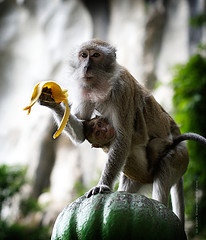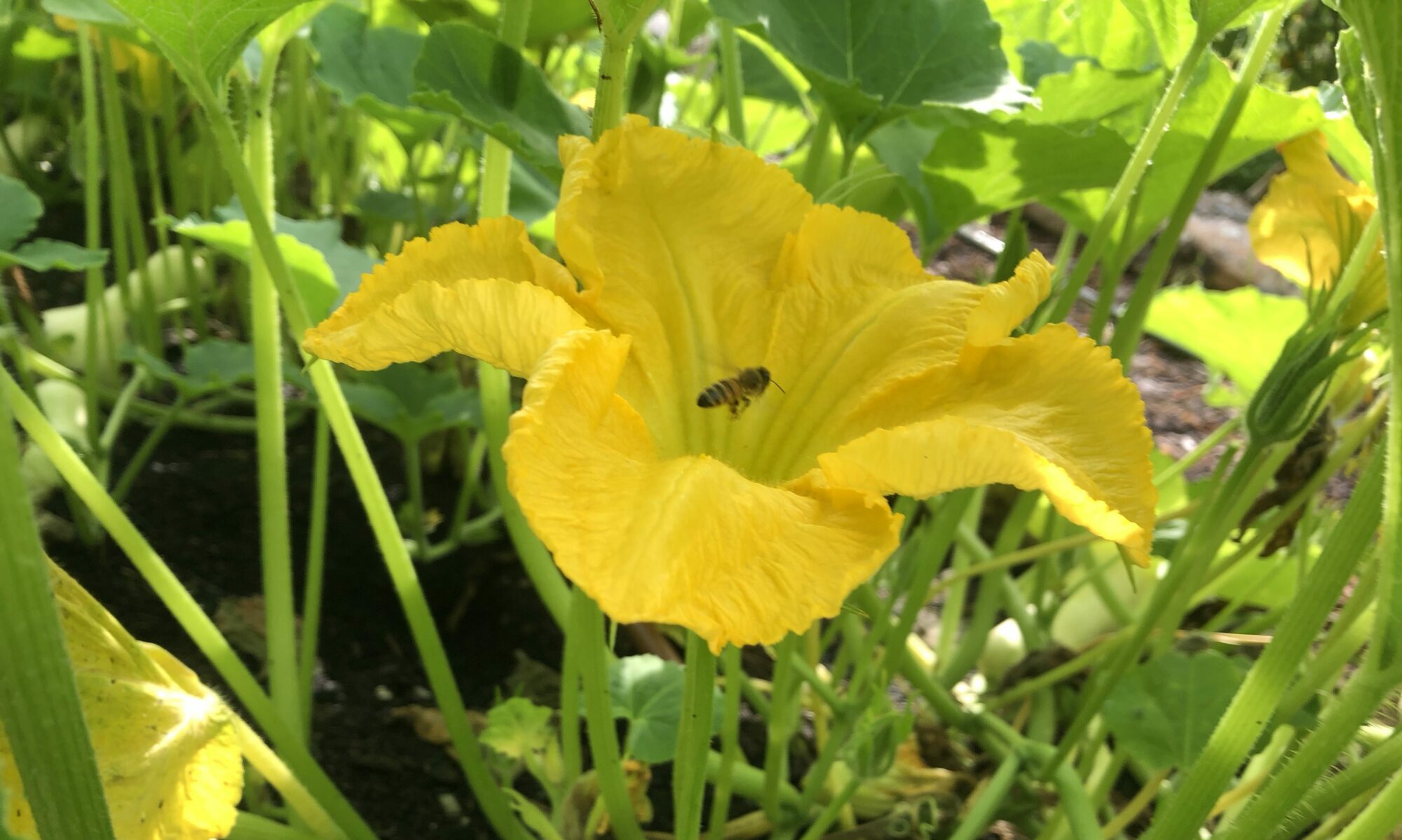 As I read the summary of a study today, I couldn’t help but be a little discouraged. The title “Dietary Fructose Causes Liver Damage in Animal Model” sounds like it’d be right up my alley. It sounds great at first, as the study tries to isolate the effect of fructose from a previous study. The first study had one group of monkeys eat all they wanted with fructose added, and another group had a limited amount of food. (1) The article from today is a follow up study questioning if the liver disease that was seen in the “all you can eat” monkey group from study 1 was caused by the extra food intake, leading to obesity, or if fructose was the main cause. So in this second study (summarized here), two groups of monkeys were fed the same amount of calories to keep weight the same, but one group had 24% fructose while the other had 0.5% fructose.
As I read the summary of a study today, I couldn’t help but be a little discouraged. The title “Dietary Fructose Causes Liver Damage in Animal Model” sounds like it’d be right up my alley. It sounds great at first, as the study tries to isolate the effect of fructose from a previous study. The first study had one group of monkeys eat all they wanted with fructose added, and another group had a limited amount of food. (1) The article from today is a follow up study questioning if the liver disease that was seen in the “all you can eat” monkey group from study 1 was caused by the extra food intake, leading to obesity, or if fructose was the main cause. So in this second study (summarized here), two groups of monkeys were fed the same amount of calories to keep weight the same, but one group had 24% fructose while the other had 0.5% fructose.
They had good intentions, but when describing the two groups’ food intake, things start to fall apart. The study says “both diets had the same amount of fat, carbohydrate and protein, but the sources were different… The high-fructose group’s diet was made from flour, butter, pork fat, eggs and fructose…, similar to what many people eat, while the control group’s diet was made from healthy complex carbohydrates and soy protein.” This statement implies an inherent bias that butter, pork fat and eggs are bad, and grouping these food items with fructose exacerbates the feelings (and that’s mostly what they are, emotions, not science) of fear about fat and animal products. It also less subtly highlights “complex carbohydrates and soy protein” as healthy alternatives. It appears to me that they tried to give the fructose group an unhealthy diet and the other group a healthy diet. In doing so, they failed to isolate the fructose as the lone variable of the study.
The fructose group that was given eggs, butter, and pork fat (all good things in my mind) along with flour (not so good) went on to develop liver disease and the other group that was given “healthy complex carbs and soy protein” fared much better even at the same weight. There are lots of questions not mentioned in the study which are important in my mind. Here’s a few:
- What did the complex carbs consist of? Brown rice, wheat bran, milled corn, oats, bamboo shoots? This makes a difference.
- Was the soy protein a highly processed isolate which damages fats and proteins, or was the soy fermented to make tempeh (I’m doubtful)?
- What was the quality of the butter, pork fat, and eggs?
- How much flour was given to the fructose group?
What they propose is that the two groups had the same macronutrient ratio and same calories and therefore, essentially an equal diet, but I would argue that that is not true. Fat is not just fat. Fats from different sources contain different micronutrients, different vitamins, different ratios of omega fatty acids, different oxidation rates, and so on. I think a better substitution would’ve been to replace the fructose with glucose in the non-fructose group, and have both groups eat the same amount of butter, pork fat and eggs. Different carbs have different nutrients as well, but replacing one sugar for another would be a better and easier substitute than soy and complex carbs.
The interesting thing to me about the article was that the bacterial escape from the intestine was the major cause of liver damage. The fructose wasn’t the actual damaging factor to the liver. It appears that the higher the intestinal permeability, the worse the liver fared. So why did the fructose group have higher permeability? Was it the gluten in the flour, or was it the fructose or maybe even the eggs? These aren’t normal dietary foods for monkeys and any one of them could have caused an auto-immune reaction leading to the gut permeability, or perhaps the monkey intestines are not used to dealing with the particular anti-nutrients these foods have. You could argue that monkey intestines are more suited to something akin to complex carbs and soy for food which would’ve prevented the same degree of gut permeability.
The title of this study highlights a focus on the effects of fructose but fails to isolate fructose among other controls. The flawed structure of this study doesn’t clear up any long standing myths or bring to light whether fructose is good or bad, but I thought I’d share my thought process as I read through the article to help you view studies through a different lens.
As always, post any comments or questions you might have in the comments section. Thanks for reading!
